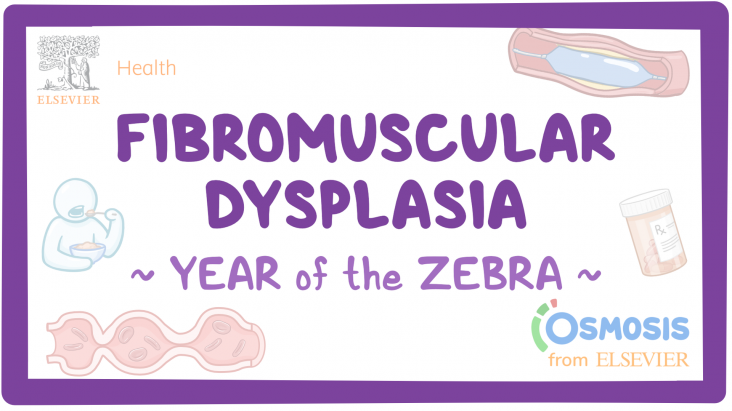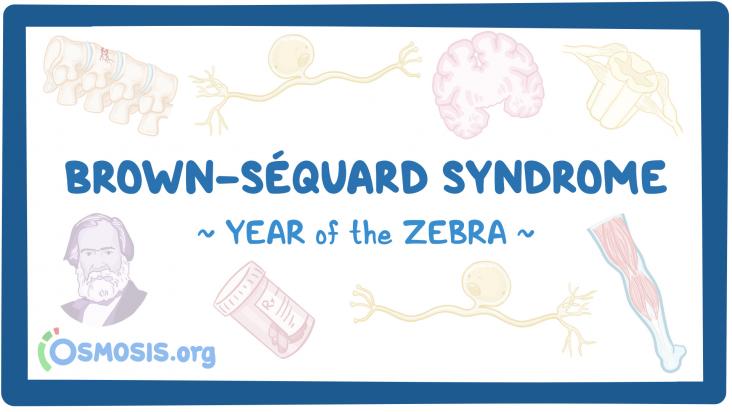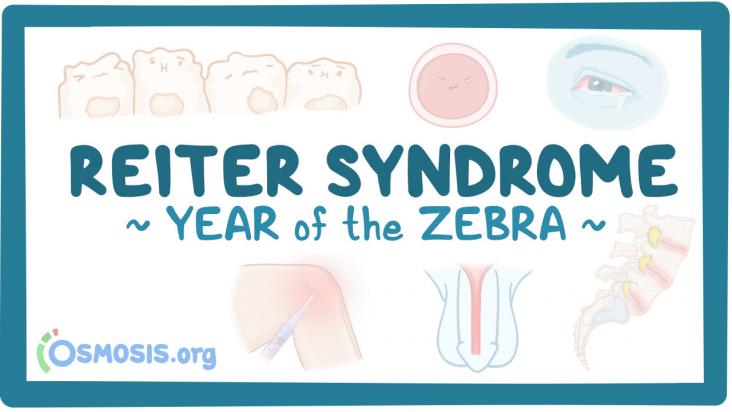
This article relates to SDG 3. This resource, created together by Osmosis and the National Organization for Rare Diseases (NORD), aims to increase the knowledge and awareness about Rare Disease Education: Fibromuscular Dysplasia

This article relates to SDG 3. This resource, created together by Osmosis and the National Organization for Rare Diseases (NORD), aims to increase the knowledge and awareness about Rare Disease Education: Brown-Sequard Syndrome

This article relates to SDG 3. This resource, created together by Osmosis and the National Organization for Rare Diseases (NORD), aims to increase the knowledge and awareness about Rare Disease Education: Reiter Syndrome
Background: Gender-based disparities in health-care are common and can affect access to care.
Elsevier,
Principles and Practice of Pediatric Infectious Diseases (Sixth Edition)
2023, Pages 686-693.e3
This content aligns with Goal 3: Good Health and Wellbeing by outlining approaches for diagnosing HIV in infants, children, adolescents, and young adults and providing an overview of the pathologic effects of HIV on various organ systems in these age groups.
Elsevier,
Nelson Pediatric Symptom-Based Diagnosis: Common Diseases and their Mimics (Second Edition)
2023, Pages 450-472.e2
This content aligns with Goal 3: Good Health and Wellbeing and Goal 10: Reduced Inequalities by reviewing the common risk and protective factors for developmental disorders, approaches to screening, and identification of developmental disabilities in primary health care settings.
This Article supports SDG 3 by estimating burdens of other musculoskeletal disorders (conditions other than osteoarthritis, rheumatoid arthritis, gout, low back pain, and neck pain), which are a source of a large amount of disability globally; they are the sixth leading cause of years lived with disability globally, and the authors note they are an important consideration for policies regarding musculoskeletal health.
This article aligns with Sustainable Development Goal 11: Sustainable Cities and Communities. The research focuses on transitioning the construction industry towards sustainable practices by utilizing local biological materials and developing a construction method for tension-compression anticlastic shellular structures. The use of a fully biodegradable material system and an earthen construction workflow helps minimize the environmental footprint in the built environment.
This article aligns with Sustainable Development Goal 3: Good Health and Well-being. The use of polymer-functionalized plant leaf scaffolds as a novel human cell culture platform for tissue engineering applications, specifically for promoting the alignment and elongation of muscle cells, contributes to advancements in healthcare and the development of functional skeletal muscle tissue.
This paper concludes that it is imperative to identify effective, early treatments for Alzheimer's disease. Creatine is an important bioenergetic molecule, and the Creatine system is shown to be dysfunctional in the brain of individuals with Alzheimer's disease. Therefore, Ceatine may serve as a potential target for prevention and therapy and creatine monohydrate supplementation may be beneficial in Alzheimer's disease. To date, only rodent studies have investigated the use of creatine monohydrate as a treatment for Alzheimer's disease.. Thus, clinical trials investigating the effects of creatine monohydrateon cognition and creatine monohydrate’s mechanisms in humans with Alzheimer's disease as well as its potential as a strategy to prevent cognitive decline in those with normal cognition, are needed. There is much to be learned about CrM intervention and brain health in different life and disease phases.

